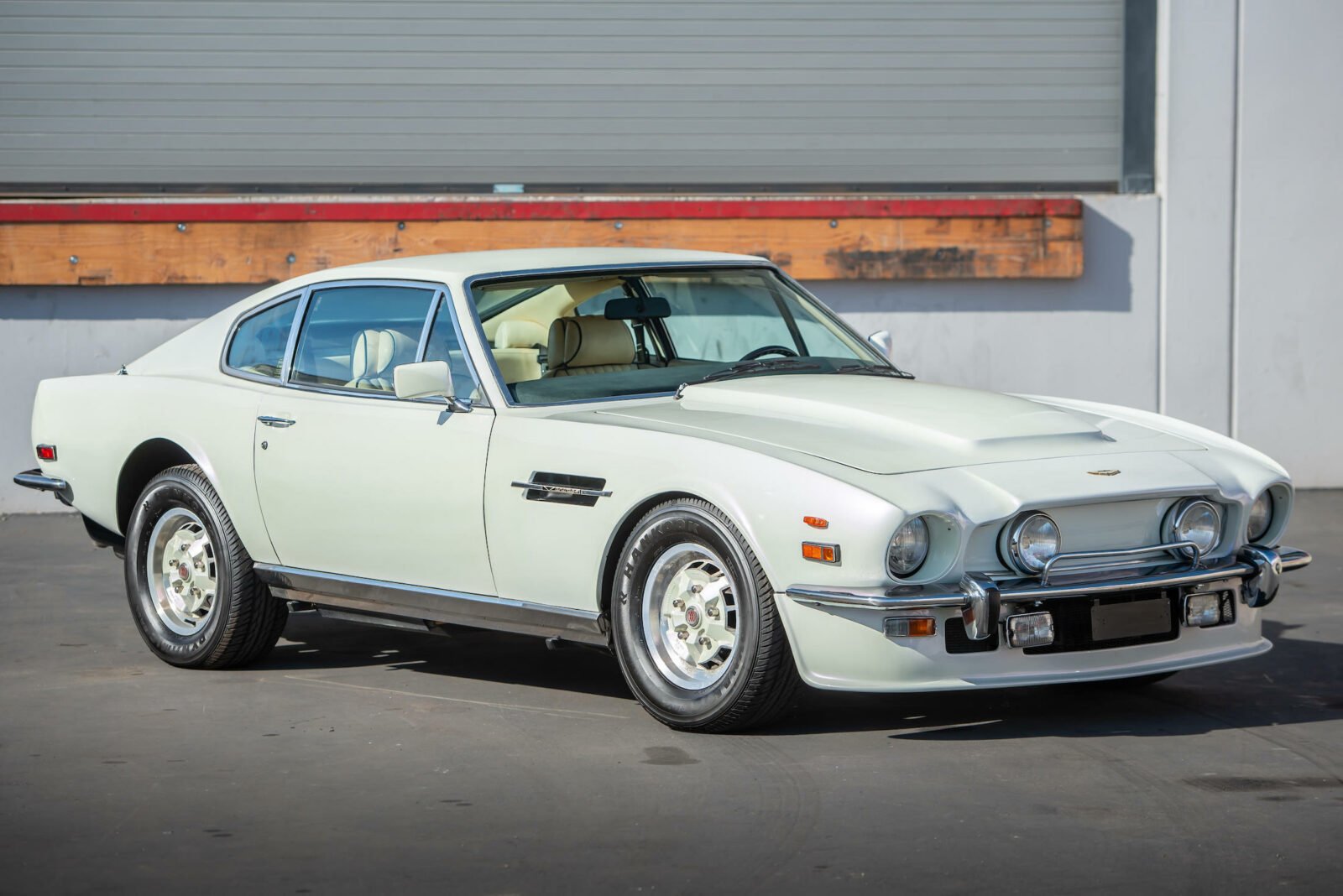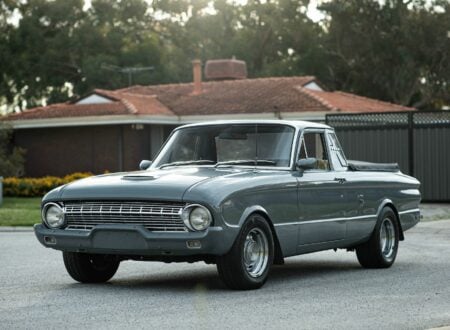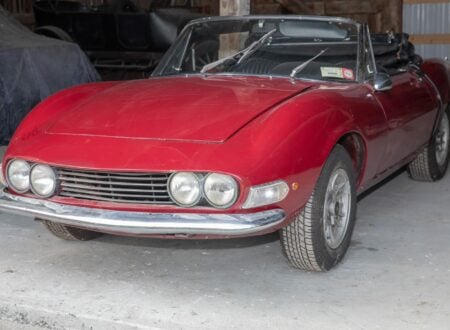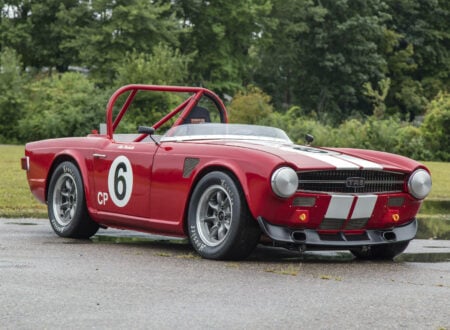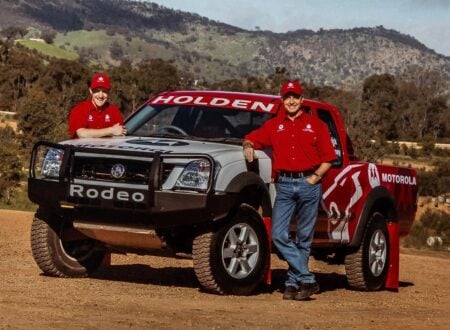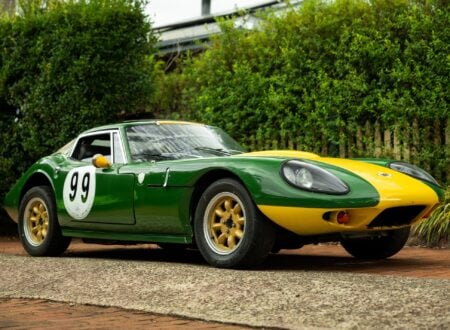This is one of only a few examples of the Aston Martin V8 “Oscar India” vehicles to leave the factory in Vantage specification. It was ordered new by the Sultan of Oman with the high-performance Vantage option ticked and the 5-speed manual transmission, making it a true driver’s car.
The “Oscar India” nickname was given to the Series 4 Aston Martin V8 due to its October introduction, the letters “O” and “I” were taken and then replaced by their counterparts in the NATO phonetic alphabet – Oscar and India.
Fast Facts – The Aston Martin V8 Oscar India
- The Aston Martin V8 made its debut in 1969, it would be the first V8 Aston Martin ever made and each was individually built by hand – requiring a minimum of 1,200 hours of labor per completed car.
- The 90º V8 engine was an advanced design for the time, with double overhead cams per bank, an alloy block and heads, and power levels from 245 hp all the way up to 800 hp in some applications. It was designed by long-time Aston Martin engine designer Tadeusz “Tadek” Marek.
- The Aston Martin V8, or AM V8, was produced over five generations between 1969 and 1989, a remarkable 20 year production run. The Oscar India cars were the fourth generation, with just 352 made between 1978 and 1985.
- The Aston Martin V8 appeared in the 1987 James Bond film “The Living Daylights” starring Timothy Dalton, it later appeared in the 2021 Bond film “No Time to Die” starring Daniel Craig.
The Arrival Of The Aston Martin V8
The 1960s had been relatively kind to British automaker Aston Martin, perhaps mostly because a certain cinematic secret agent named James Bond had appeared in no less than six blockbuster films between 1962 and 1969 – often driving a gleaming silver Aston Martin DB5.
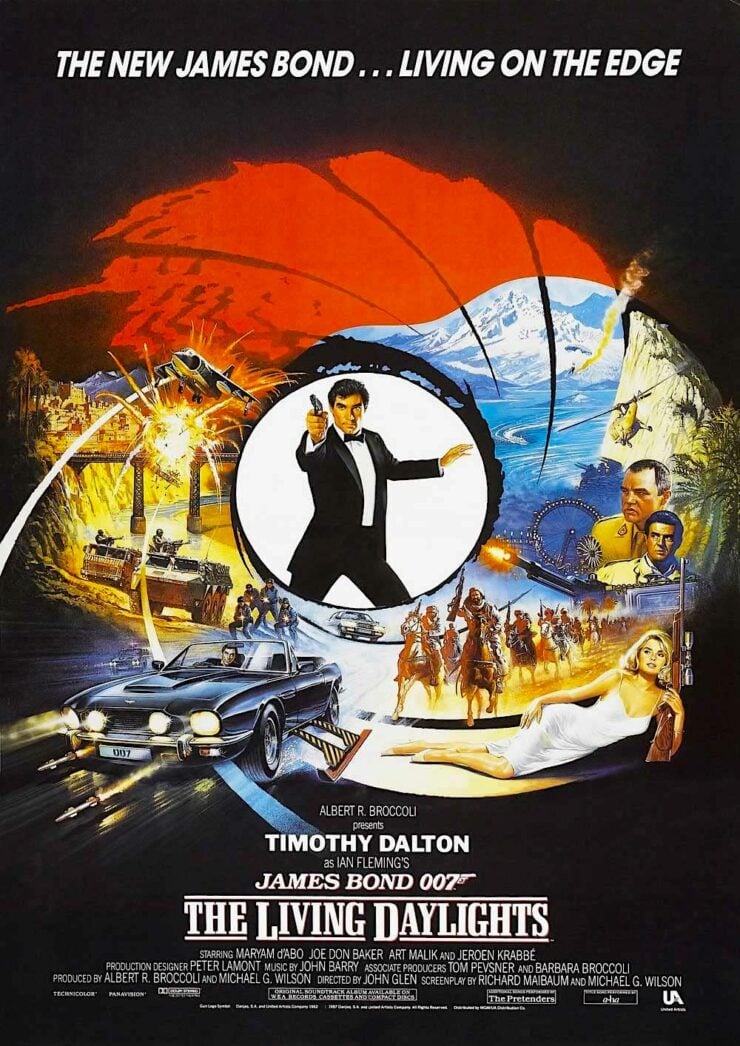

The publicity from this exposure is impossible to quantify financially however it took Aston Martin from a name known mostly to racing enthusiasts and fans of expensive grand tourers and made it one of the most desirable brand names in the world of motoring.
There is some debate to be had about whether Aston would have been able to stay in business to the end of the 1960s without the help of Sean Connery (and George Lazenby of course), but by the mid-1960s it was clear that 007 or no 007, they were going to need an all-new car.
A new car needs a new engine of course, and a new engine needs a lead engineer. Fortunately Aston Martin had the perfect man for the job already in their employ – his name was Tadeusz “Tadek” Marek, better known just as Tadek Marek.
Marek was a top notch engineer, a former racing driver, and a Polish immigrant Britain who would supply one of the nation’s most storied automobile companies with multiple engine designs – starting with the straight-six used in the Aston Martin DBR2 in 1956, followed by the straight-six used in the DB4, DB5, DB6, and DBS, and finally the V8 used in the AM V8.
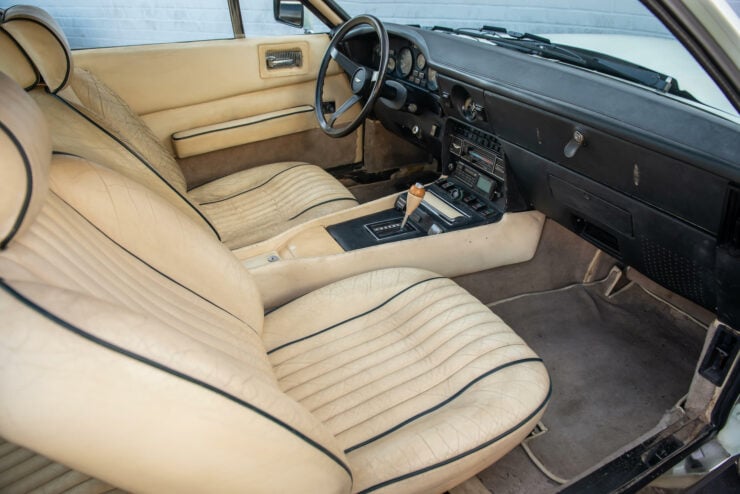

The updated body styling that would be used on the new V8 model actually made its debut two years earlier in 1967, as the new V8 wasn’t yet ready for production, and so Marek’s earlier straight-six design from the DB6 was used – creating the Aston Martin DBS.
The car had a steel platform chassis with aluminum alloy body panels, independent front and rear suspension, and disc brakes were fitted at all four wheels.
Once the engine was ready for prime time the Aston Martin DBS V8 made its appearance, it looked similar to the earlier six cylinder model but had a few upgrades aside from the engine, including alloy wheels, a larger front air dam, and wider tires.
The DBS V8 was followed by the related model named simply the Aston Martin V8, or AM V8, in 1972. Though the car looked similar to its predecessor from the A-pillar back, its front end looked vastly different – in fact its been compared to both the Ford Mustang and the Chevrolet Camaro, though I’m sure Aston Martin wasn’t a fan of these comparisons.
The Aston Martin V8 was essentially the Series 2 version of the DBS V8, and the Series 3 version would arrive in 1973, before being replaced by the upgraded Series 4 “Oscar India” model in 1978.
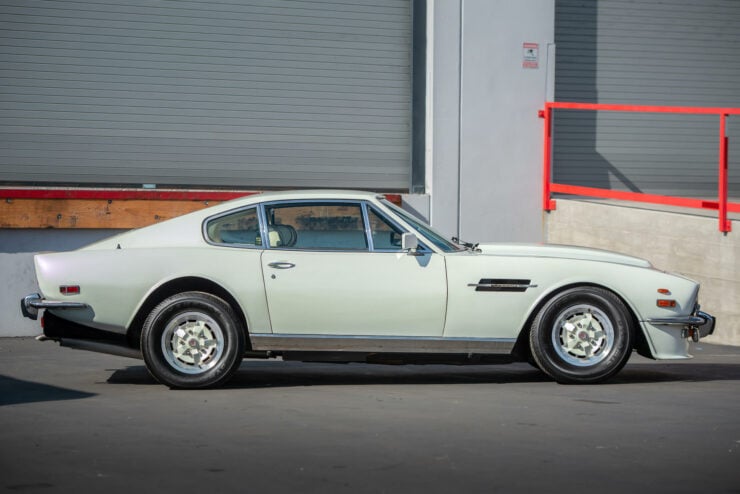

The Aston Martin V8 Vantage “Oscar India”
The new Series 4 Oscar India would have a few changes over the earlier Series 3. Interestingly the wood trim fitted to the dashboard and door caps would be the first since the Aston Martin DB2/4 of 1955.
The hood scoop would also be deleted, now replaced with a more subtle power bulge, and a convertible Volante model was introduced, though it did add 155 lbs to the curb weight due to the additional chassis bracing required.
The fastest version of the Oscar India was the Vantage specification which included a number of interior upgrades however the main improvements were under the hood. As has long been the case for Aston, the Vantage versions of their road cars are the best performers.
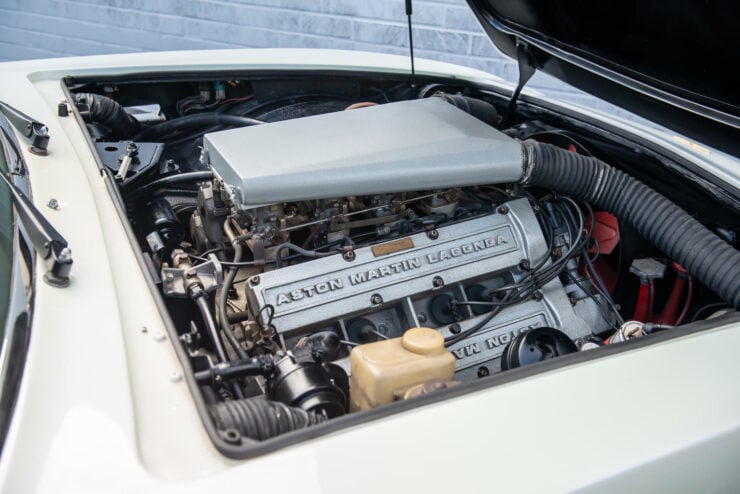

The Vantage version of the Series 4 Oscar India car was only offered with the 5-speed ZF transmission, the standard cars were sold with the Chrysler Torqueflite 3-speed automatic though they could be optioned with the manual gearbox.
Though the V8 fitted to the engine bay of both the V8 and the V8 Vantage had the same 5,340cc displacement the power output was significantly altered.
The standard car made 306 bhp at 5,000 rpm with 350 lb ft of torque at 3,000 rpm, the Vantage cars made 375 bhp at 5,800 rpm and 380 lb ft of torque at 4,000 rpm.
The Oscar India Vantage was good for a 0 to 60 mph time of just 5.2 seconds and a top speed of 168 mph, by the standards of 1978 this put it well and truly into the league of supercars.
The Aston Martin V8 Vantage “Oscar India” Shown Here
The car you see here is an original Aston Martin V8 Vantage Oscar India with a fascinating backstory. It was ordered new by the Sultan of Oman, a petrolhead of significant financial means who optioned the car to a very high specification.
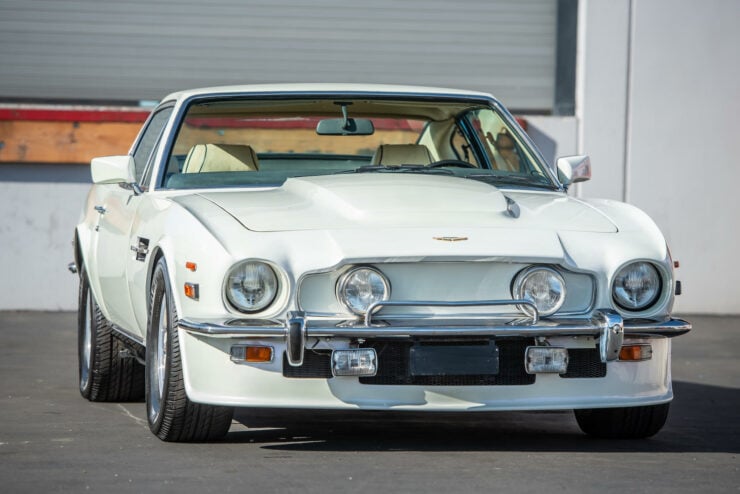

It was originally finished in Windemere Green over a Magnolia leather upholstery with Green piping, it had the aforementioned Vantage V8 engine with Weber carburetors and the 5-speed manual ZF transmission, as well as power mirrors, detachable headrests, rear seat belts, badge bar, headlight washers and wipers, and dual fog lamps.
In the intervening years, since the car left the Sultan’s garage, an different owner made the questionable decision to remove the 5-speed manual gearbox and replace it with an automatic. It’s also been repainted, though the interior remains largely original.
The car is now being offered for sale and is a perfect candidate to have a correct ZF 5-speed and a third pedal reinstalled, and the paint could be returned to original also if the new owner so desired.
It hasn’t been driven in a number of years as it’s been on static display in a private collection and so a mechanical refresh is in order before any driving is attempted.
If you’d like to read more about the car or register to bid you can visit the listing here on Bonhams, it’s due to roll across the auction block with them on the 2nd of March with a price guide of $80,000 – $100,000 USD.
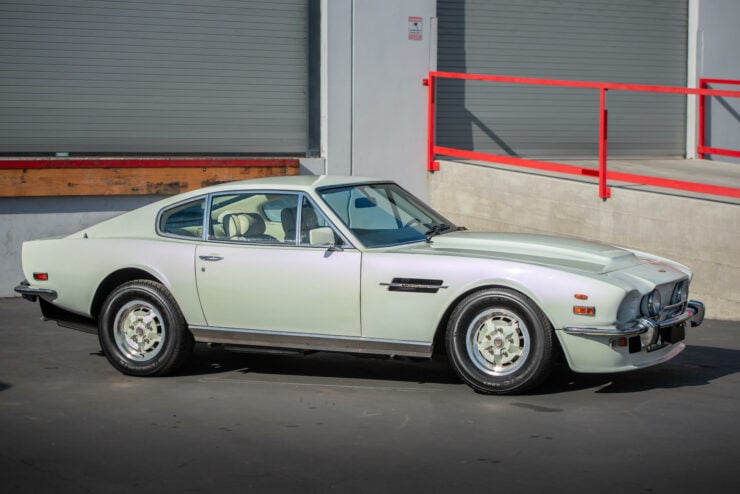
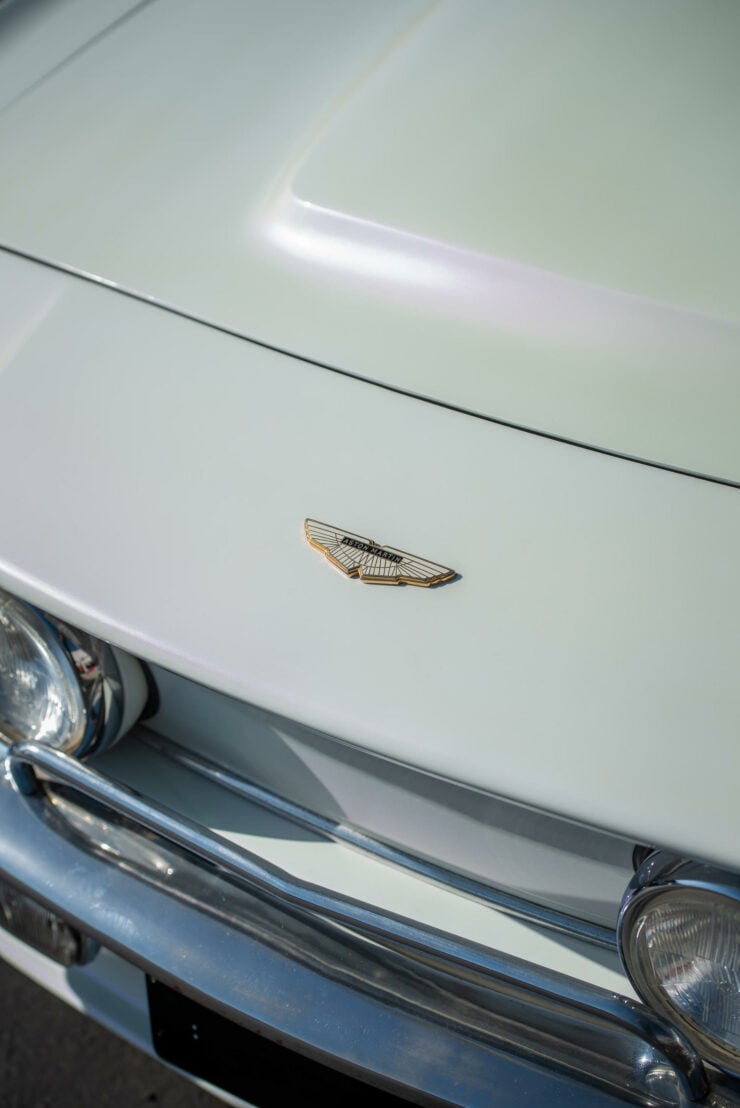
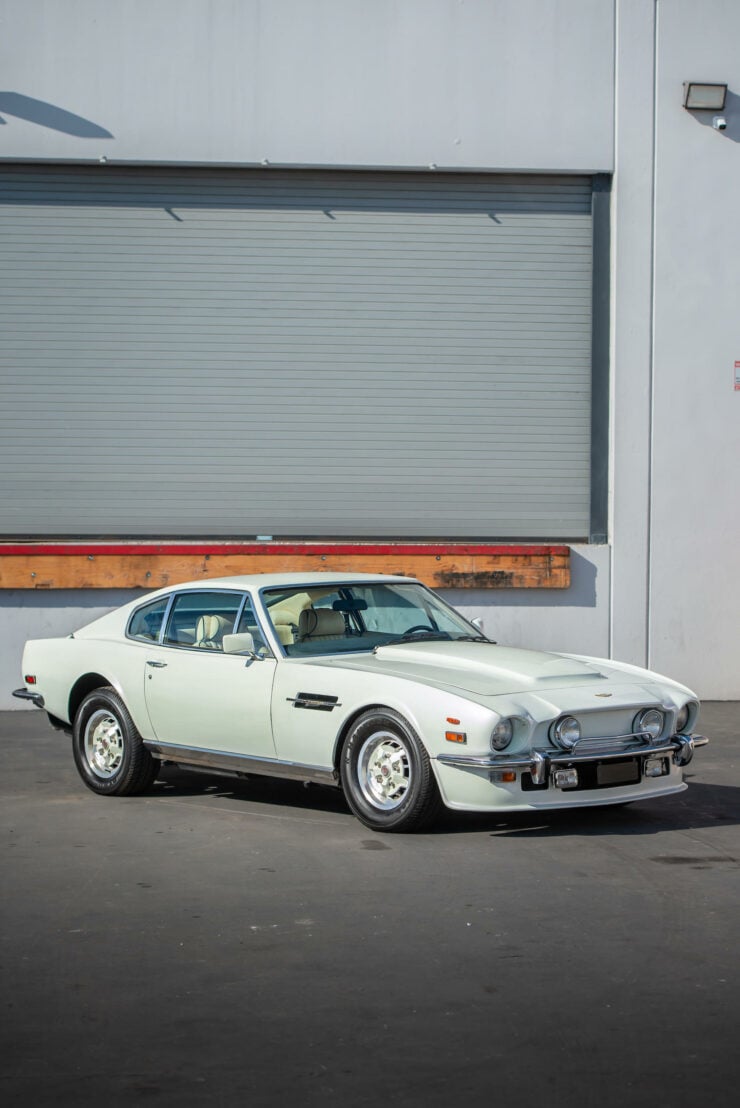
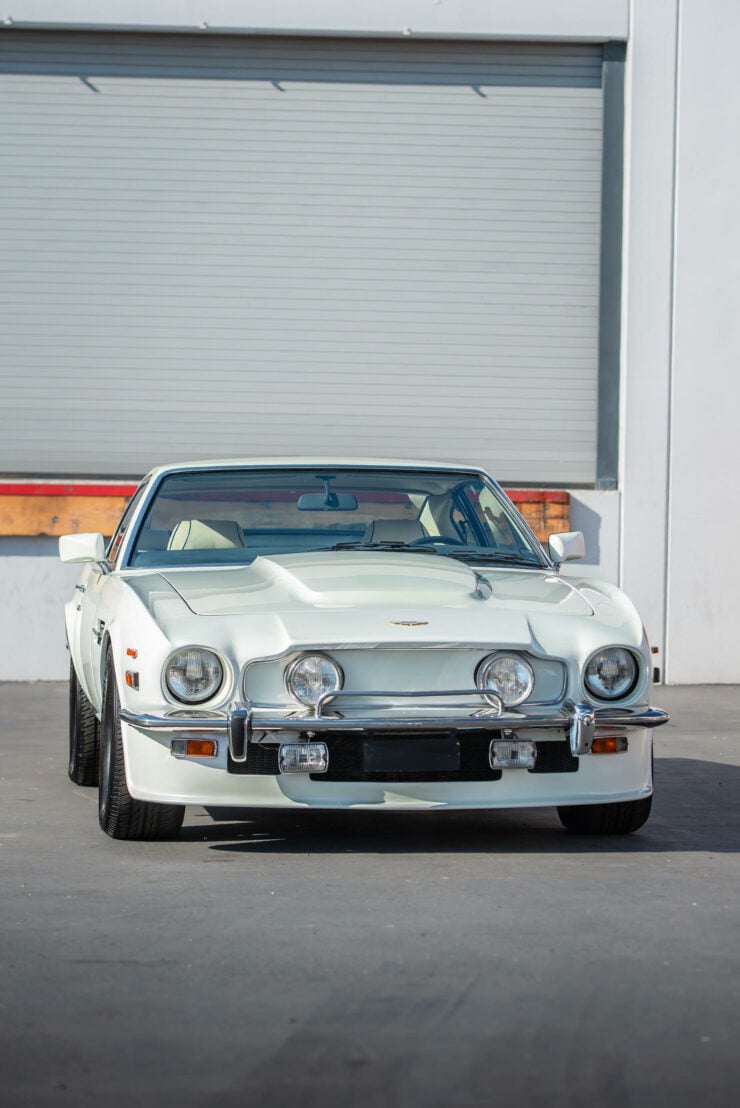
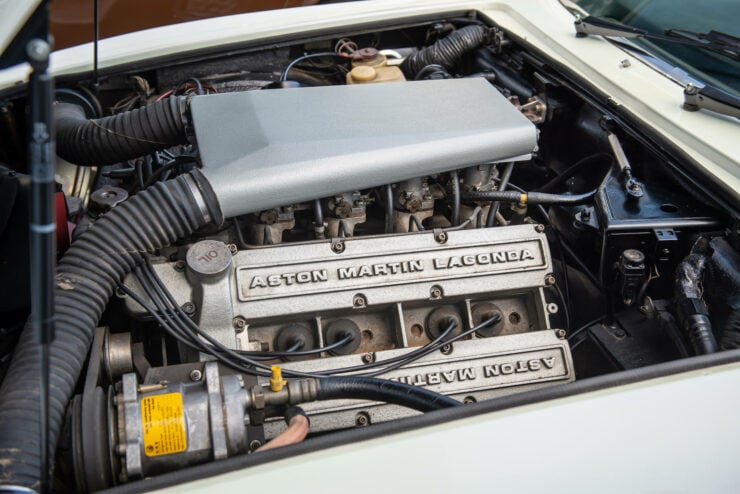
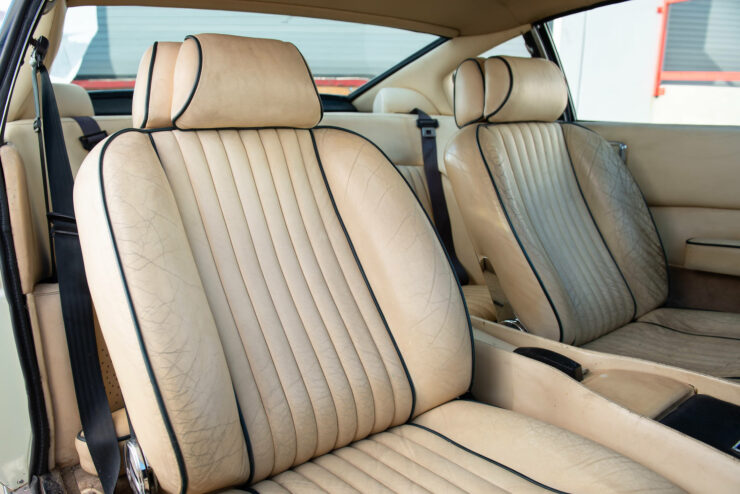
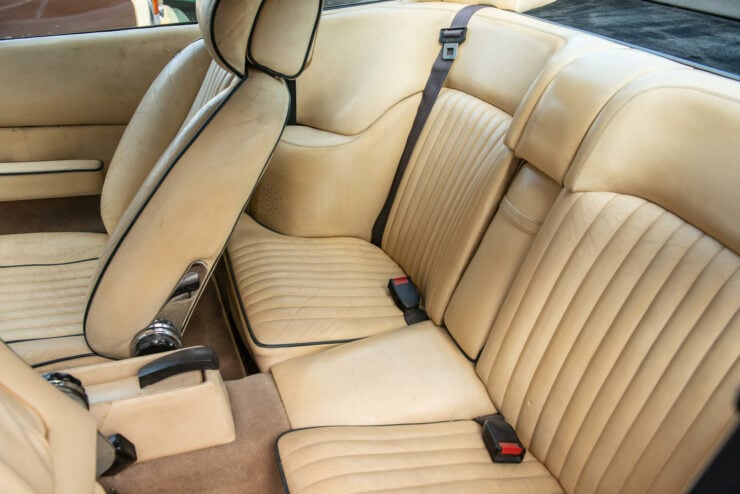
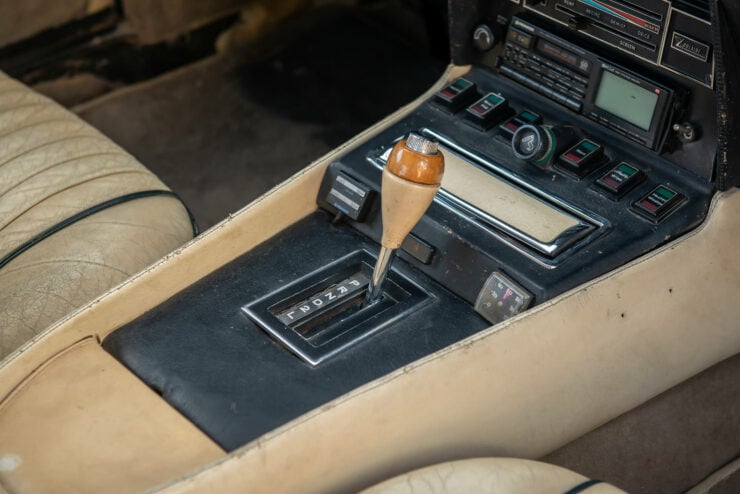
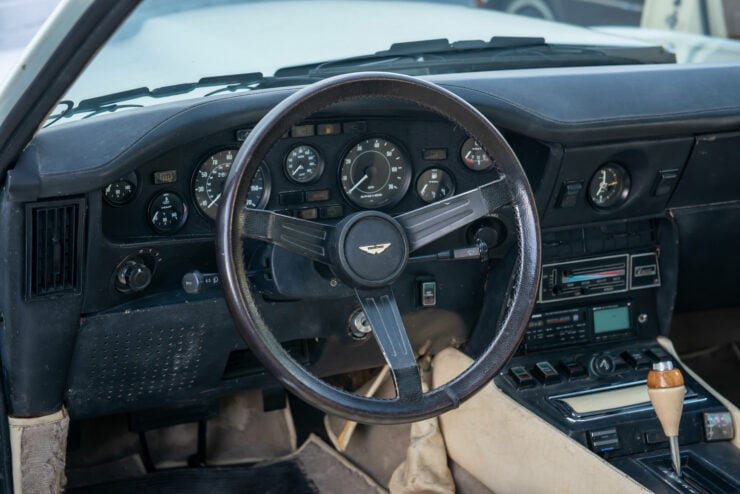
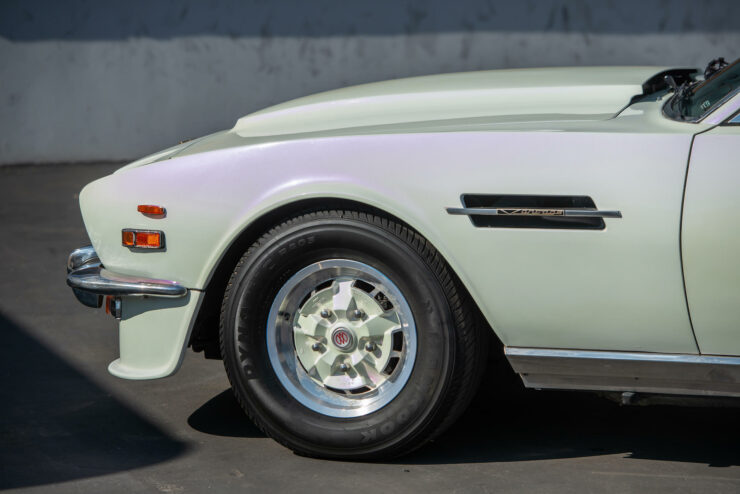
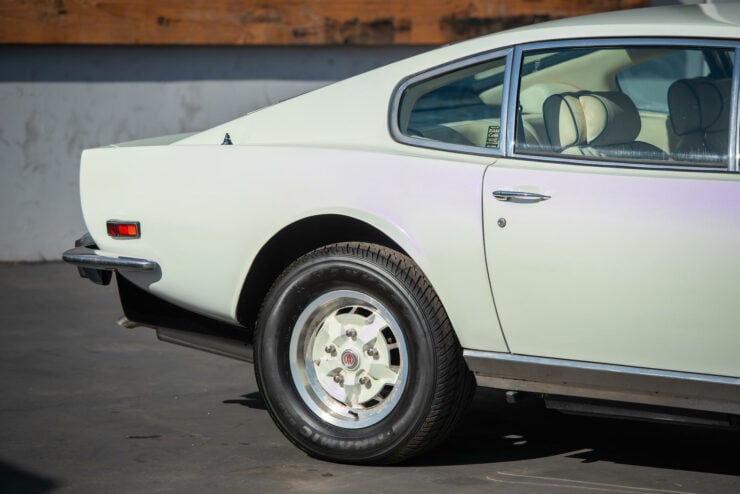
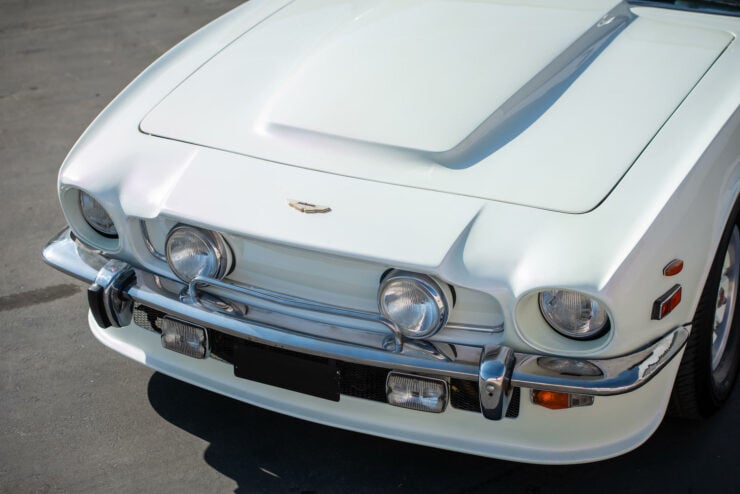
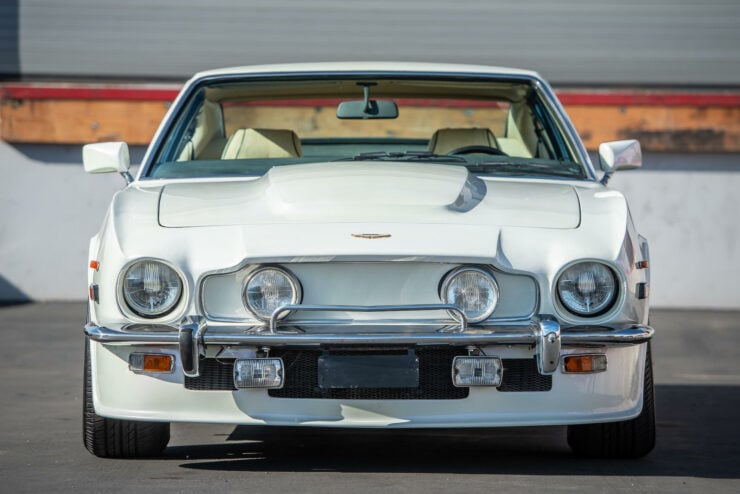
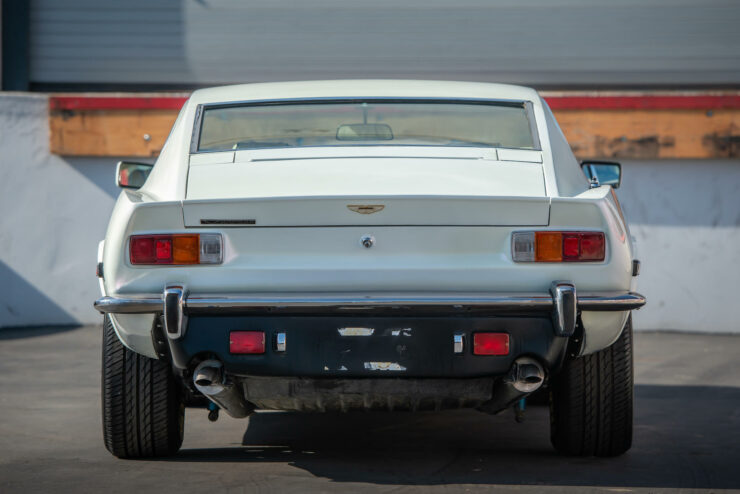
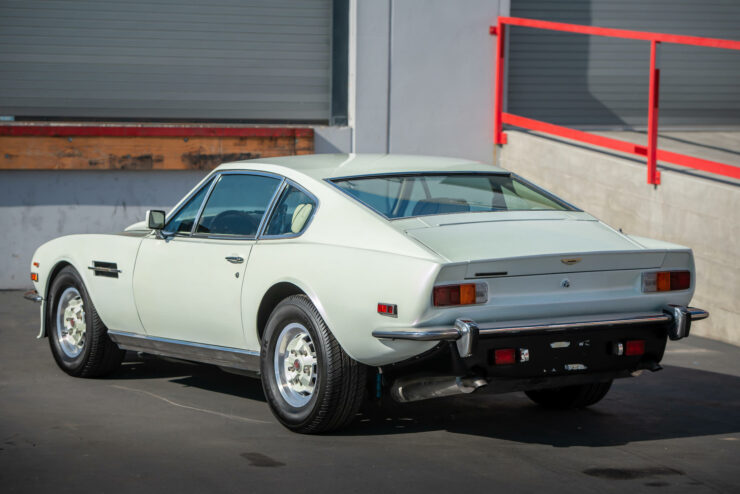
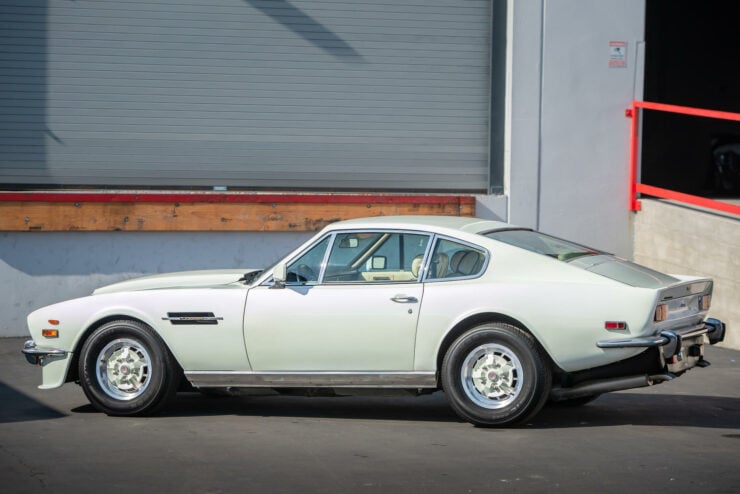
Images courtesy of Bonhams

Articles that Ben has written have been covered on CNN, Popular Mechanics, Smithsonian Magazine, Road & Track Magazine, the official Pinterest blog, the official eBay Motors blog, BuzzFeed, Autoweek Magazine, Wired Magazine, Autoblog, Gear Patrol, Jalopnik, The Verge, and many more.
Silodrome was founded by Ben back in 2010, in the years since the site has grown to become a world leader in the alternative and vintage motoring sector, with well over a million monthly readers from around the world and many hundreds of thousands of followers on social media.

